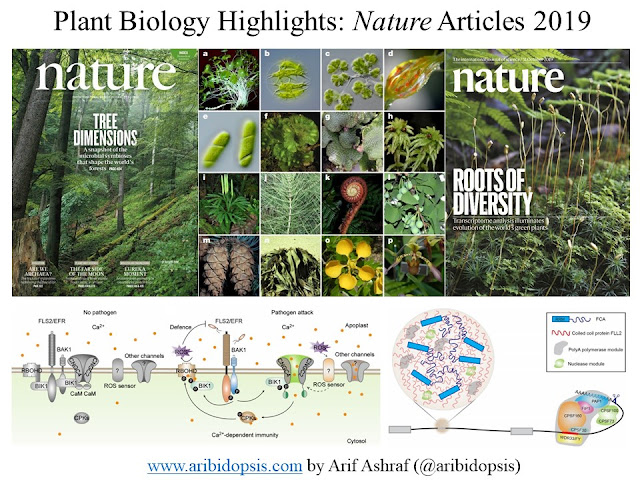Book Review : My Life As A Plant
The book, My Life As A Plant, is an initiative of Dr. Alan M. Jones and Dr. Jane Ellis from the University of North Carolina at Chapel Hill to provide an illustrative understanding about the basic of plant biology for school kids. The book is written in a story telling way to explore the world of plants. They become the winner of ASPB Education Foundation Grant program for such an interactive story. And it has been published by American Society of Plant Biologists (ASPB). In addition, the book is available in not only English, but also in Japanese, German, Spanish, Russian, French, Italian, Portuguese, Chinese, Farsi, Arabic, Catalan, Lituanian.
The American Society of Plant Biologists has developed the following Principles of Plant Biology to provide basic plant biology concepts for science education at the K-12 levels and to help students gain a better understanding of plant biology. This book tries to disseminate this knowledge through a digestible way.
- Plants contain the same biological processes and biochemistry as microbes and animals. However, plants are unique in that they have the ability to use energy from sunlight along with other chemical elements for growth. This process of photosynthesis provides the world's supply of food and energy.
- Plants require certain inorganic elements for growth and play an essential role in the circulation of these nutrients within the biosphere.
- Land plants evolved from ocean-dwelling, algae-like ancestors, and plants have played a role in the evolution of life, including the addition of oxygen and ozone to the atmosphere.
- Reproduction in flowering plants takes place sexually, resulting in the production of a seed. Reproduction can also occur via asexual propagation.
- Plants, like animals and many microbes, respire and utilize energy to grow and reproduce.
- Cell walls provide structural support for the plant and also provide fibers and building materials for humans, insects, birds and many other organisms.
- Plants exhibit diversity in size and shape ranging from single cells to gigantic trees.
- Plants are a primary source of fiber, medicines, and countless other important products in everyday use.
- Plants, like animals, are subject to injury and death due to infectious diseases caused by microorganisms. Plants have unique ways to defend themselves against pest and diseases.
- Water is the major molecule present in plant cells and organs. In addition to an essential role in plant structure, development, and growth, water can be important for the internal circulation of organic molecules and salts.
- Plant growth and development are under the control of hormones and can be affected by external signals such as light, gravity, touch, or environmental stresses.
- Plants live and adapt to a wide variety of environments. Plants provide diverse habitats for birds, beneficial insects, and other wildlife in ecosystems.
Anyone may purchase the book in his/her preferable language from Amazon.





Comments
Post a Comment